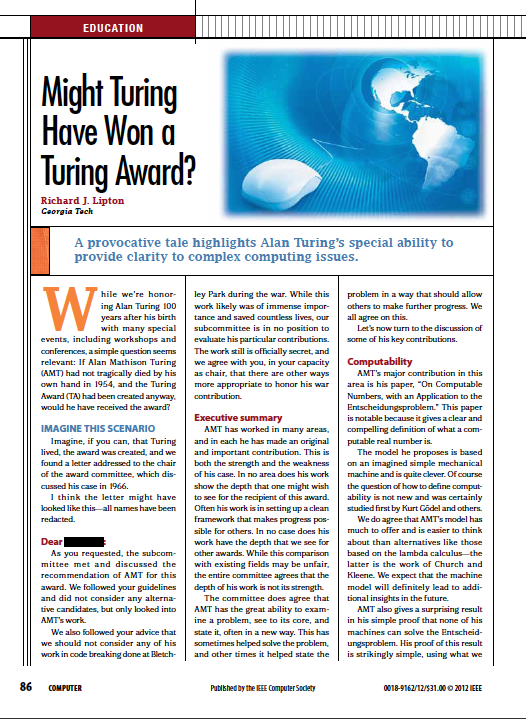DIY brain stimulation geeks were supercharged last week by the finding that dream awareness could be enhanced by transcranial alternating current stimulation (tACS)1 at frequencies of 25 and 40 Hz (Voss et al., 2014). Headlines were abuzz with zingers like Brain Zaps Can Trigger Lucid Dreams and A Jolt to the Brain Triggers Lucid Dreams and Brain Zap Could Help You Control Your Dreams. Visualize all the incipient Kickstarter campaigns ready to capitalize on the lucid dreaming market...
Except did the stimulation really induce lucid dreaming? The only critical evaluation of this claim (that I'm aware of) came from Christian Jarrett in his post, Psychologists Give People Control of Their Dreams Using Brain Stimulation. Really? He closely examined the Lucidity and Consciousness in Dreams scale (LuCiD) used by the experimenters (Voss et al., 2013) and saw that the participants' self-ratings weren't actually indicative of lucid dreaming.
Although the scores on some LuCiD factors were indeed significantly higher after frontal stimulation at 25 Hz (beta, actually) and/or 40 Hz (gamma) frequencies (relative to sham or other frequencies), this did not mean the dreams were technically “lucid”.
Fig. 3 (Voss et al., 2014). Mean scores for three LuCiD factors [NOTE: each self-rating scale goes from 0: strongly disagree to 5: strongly agree].
The LuCiD scale consists of 28 statements, each followed by a 6-point rating scale (0: strongly disagree, 5: strongly agree). Insight is the awareness that one is currently dreaming, Dissociation is taking a third-person perspective, and Control is control over the dream plot.
Of the eight LuCiD factors, Insight is the single most important criterion for lucid dreaming (Voss et al., 2013). However, the mean Insight score in the current study is well below that reported for lucid dreams in the earlier study used to construct the scale.
modified from Fig. 5 (Voss et al., 2013). Mean scores for LuCiD scales for non-lucid vs. lucid dream reports [NOTE: each scale goes from 0: strongly disagree to 5: strongly agree. The yellow bars indicate means after 25 or 40 Hz tACS in Voss et al. 2014].
In other words, the 25 Hz and 40 Hz brain stimulation significantly increased Insight and Control, but not to the levels reported in lucid dreams (according the authors' previous definition). The definition in the present study was less stringent: “Lucidity was assumed when subjects reported elevated ratings (>mean + 2 s.e.) on either or both of the LuCiD scale factors insight and dissociation.”
Nonetheless, induced gamma band oscillations did result in a heightened perception of self-awareness during REM sleep, in particular the ability to view the ongoing dream activities as a detached observer. But don't waste your money investing in the latest neurocrap that claims to induce lucid dreaming... As Seen On Nature Neuroscience.
Further Reading
Psychologists Give People Control of Their Dreams Using Brain Stimulation. Really?
Neurocrap Funded by the Masses: NeuroOn and No More Woof
Footnote
1 Note that tACS is different from the usual DIY tDCS (transcranial direct current stimulation). tACS is thought to modulate and entrain brain oscillations in a frequency-specific manner, although others are much more cautious in their interpretation.
References
Voss, U., Holzmann, R., Hobson, A., Paulus, W., Koppehele-Gossel, J., Klimke, A., & Nitsche, M. (2014). Induction of self awareness in dreams through frontal low current stimulation of gamma activity. Nature Neuroscience DOI: 10.1038/nn.3719
Voss, U., Schermelleh-Engel, K., Windt, J., Frenzel, C., & Hobson, A. (2013). Measuring consciousness in dreams: The lucidity and consciousness in dreams scale. Consciousness and Cognition, 22 (1), 8-21 DOI: 10.1016/j.concog.2012.11.001












